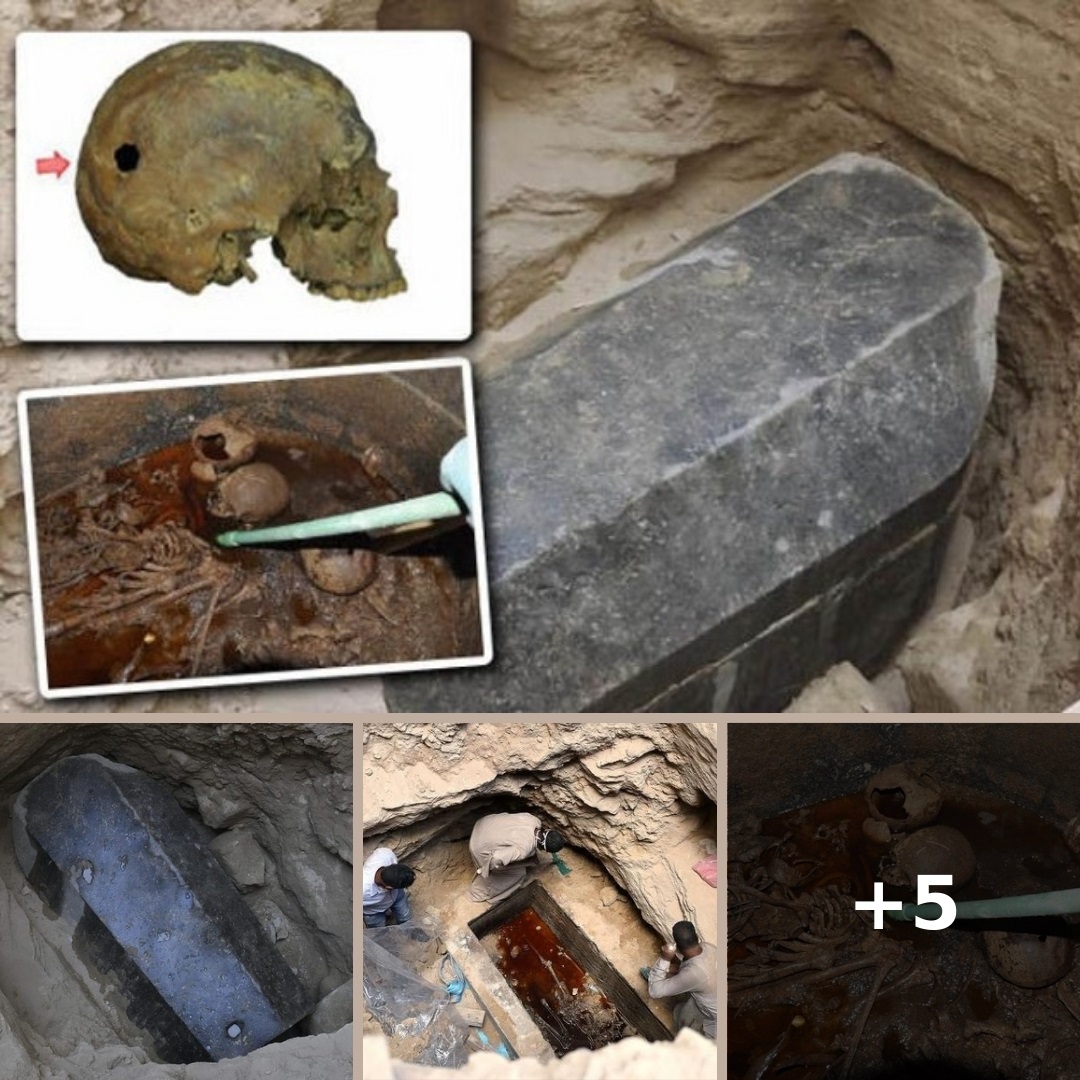The find of the tomb beneath the coastal city of Alexandria dates back 2,000 years and has puzzled archaeologists.
The discovery of a mysterious 30-ton black granite sarcophagus in Alexandria, Egypt, has been the talk of the town since it was first found. Dated to a time after Alexander the Great conquered the area in 332 BC, the sarcophagus has been the subject of much speculation and curiosity.
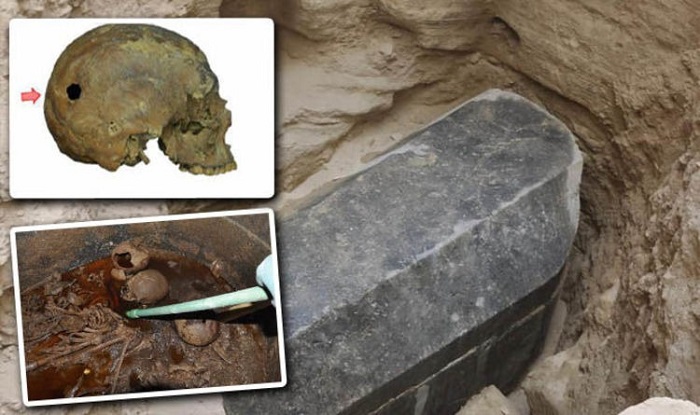
What does it contain? Could it be the remains of the ancient Macedonian leader Alexander the Great, or something more sinister, like a deadly curse? However, upon opening the sarcophagus, experts confirmed that neither was true. Instead, they found murky red-brown sewage that emitted a nauseating odor.
Along with the sewage, archaeologists found the remains of three skeletons inside the sarcophagus. These may be those of soldiers, Egypt’s antiquities ministry said in a statement issued on July 19, 2018, in Arabic.

Pictures released by the ministry show the sarcophagus full of the liquid sewage, which must have seeped in at some point. Analysis of the skeletal remains suggest that one of the individuals found in the sarcophagus suffered a blow from an arrow.
However, no inscriptions or artifacts were found on the outside or inside of the sarcophagus. An alabaster head of a man, which may depict the person whose remains are buried in the sarcophagus, was also found in the tomb where the sarcophagus was discovered.
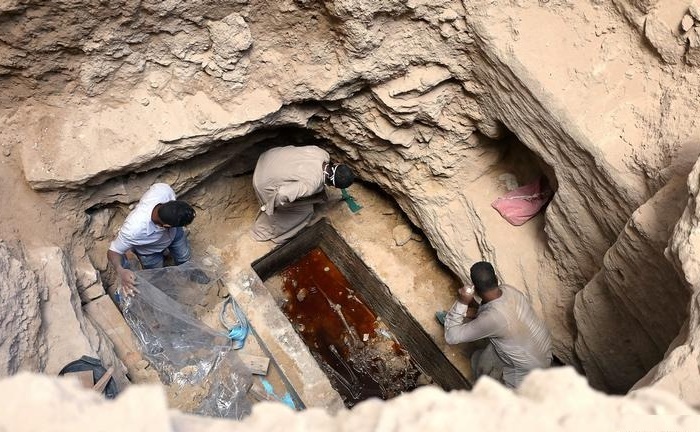
The sarcophagus, which is nearly 9 feet long, 5 feet wide, and 6 feet tall (2.7 by 1.5 by 1.8 meters) – the largest found in Alexandria – was discovered with a thick layer of mortar covering much of it, Mostafa Waziri, secretary general of Egypt’s Supreme Council of Antiquities, said in a statement released by Egypt’s antiquities ministry. The mortar led Waziri to suggest that the sarcophagus was never opened after it was buried in Alexandria.
The sarcophagus was discovered by archaeologists from the Ministry of Antiquities who were inspecting an area of land in the Sidi Gaber district of Alexandria before construction took place. Researchers opened the sarcophagus at the site where it was discovered.
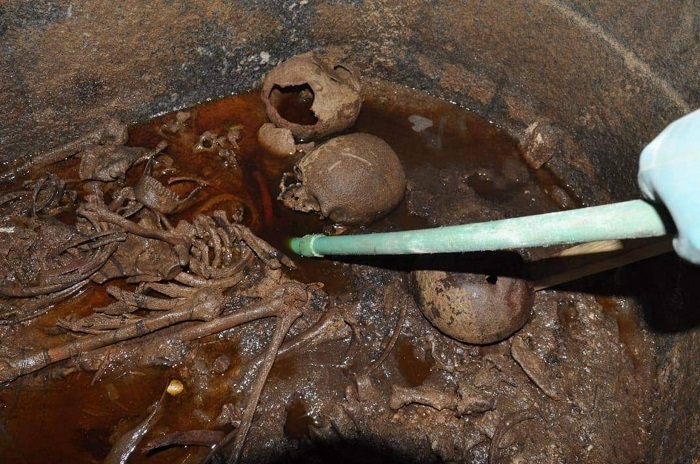
The opening of the sarcophagus creates a series of groundbreaking mysteries for Egyptologists to tackle: Who were these three people? When exactly did they live? What killed them? Why were they buried in such a giant sarcophagus? What were they buried with (if anything)? And how did so much liquid sewage get into the sarcophagus?
After the death of Alexander the Great in 323 BC, a line of pharaohs descended from one of Alexander’s generals ruled Egypt for centuries. Once the last pharaoh, Cleopatra VII, killed herself in 30 BC, the Roman Empire took over Egypt. These pharaohs were involved in numerous wars and conflicts, and it’s possible the three individuals found in the sarcophagus were killed in one of these skirmishes. One of the skeletons shows signs of an arrow injury, suggesting the three may have died in battle. The exact age of the skeletons is unclear.
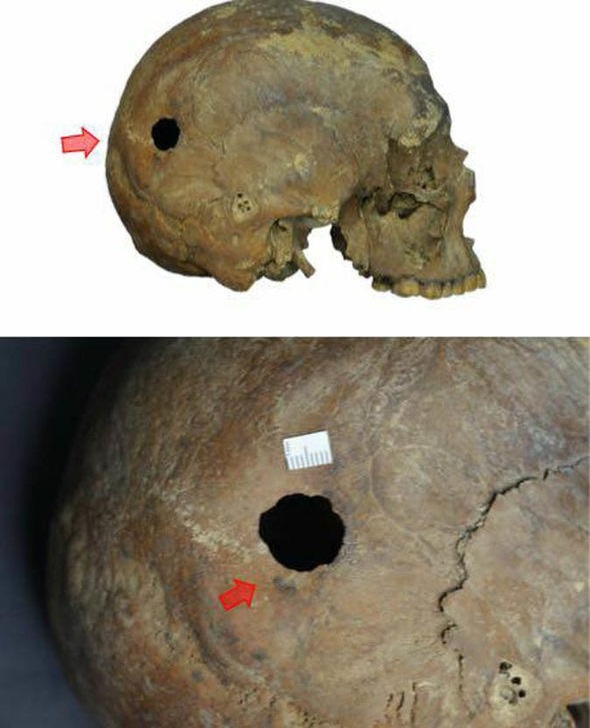
Why three skeletons, which may be those of soldiers, were buried in a sarcophagus so massive – Waziri said it may be the largest ever found in Alexandria – is also unknown. In ancient Egypt, it was not uncommon for a sarcophagus to be reused, the bodies of its former occupants removed and new occupants put inside. Whether that occurred with this sarcophagus is unknown.
Although ancient tombs are frequently found in Egypt, they are often plundered, whether in the past or present. Usually, sarcophagi are uncovered already unsealed, with their contents depleted and the remains of the mummies often disheveled by thieves. However, in this instance, it seems as though the sarcophagus has not been breached yet, offering archaeologists an opportunity to examine its contents and the individual interred within.
